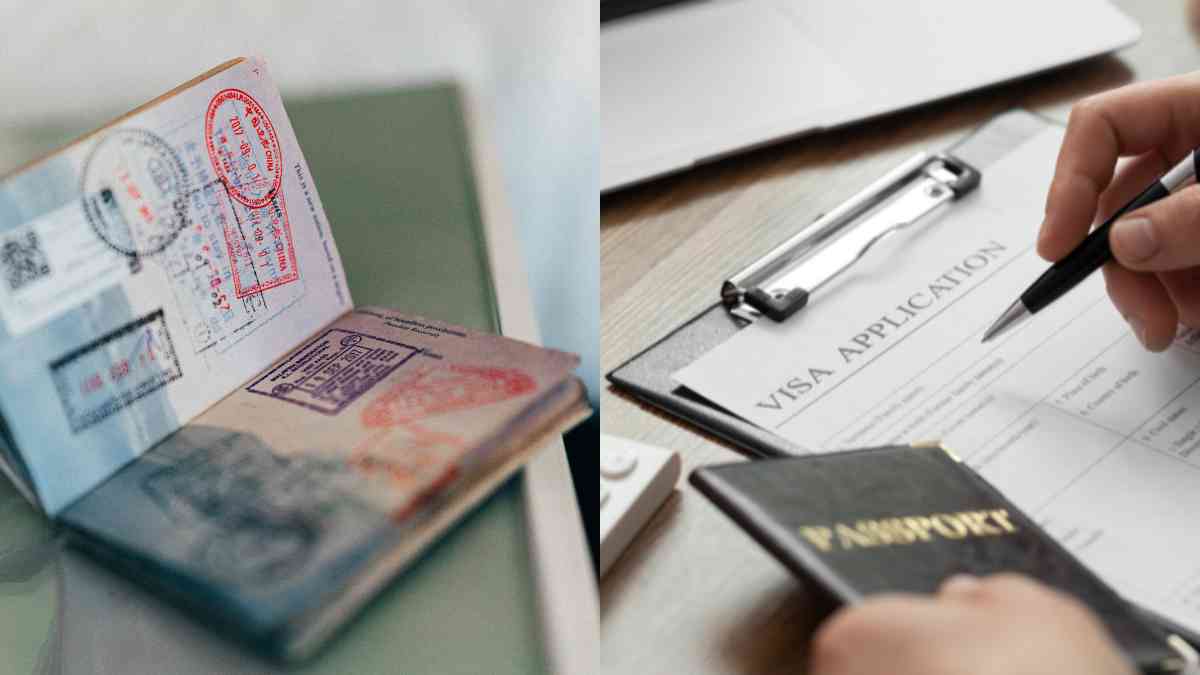Applying for a US visa can feel like navigating a maze of paperwork, forms, and regulations. Whether you’re dreaming of visiting the US for tourism, business, or education, understanding the application process is crucial. US VISA HELP DESK
Importance of a US Visa
A US visa is more than just a document—it’s your gateway to a world of opportunities. It allows you to travel to the United States for various purposes, be it for a vacation, studying at a prestigious university, or working in a cutting-edge industry. Without it, your plans to experience the American dream could be halted.
Types of US Visas
There are several types of US visas, each catering to different needs. Let’s break down the main categories:
- Tourist and Business Visas (B-1/B-2): For those visiting for leisure or business.
- Student Visas (F-1, M-1): For academic and vocational studies.
- Work Visas (H-1B, L-1): For temporary workers and intracompany transferees.
- Immigrant Visas: For those wishing to live permanently in the US.
Understanding US Visa Categories
To ensure a smooth application process, it’s essential to understand the different visa categories and their specific requirements.
Tourist and Business Visas (B-1/B-2)
These visas are for short-term visitors. The B-1 visa is typically for business-related activities like meetings and conferences, while the B-2 is for tourism and visiting friends or family.
Student Visas (F-1, M-1)
The F-1 visa is for those enrolled in an academic program, whereas the M-1 is for vocational studies. Each has its own set of eligibility requirements and application procedures.
Work Visas (H-1B, L-1)
The H-1B visa is for specialty occupations, requiring a bachelor’s degree or equivalent experience. The L-1 visa is for intracompany transferees who hold managerial or executive positions or have specialized knowledge.
Immigrant Visas
These visas are for those looking to live in the US permanently. They include family-sponsored and employment-based options.
Steps to Apply for a US Visa
The application process may seem daunting, but breaking it down into manageable steps can simplify things.
Step 1: Determine Visa Type
Before you start the application process, identify which type of visa best suits your purpose for visiting the US. This will guide you through the specific requirements and procedures. HOW TO APPLY US VISA
Step 2: Complete the DS-160 Form
The DS-160 is an online nonimmigrant visa application form. It must be completed accurately and submitted electronically. Be prepared to provide detailed personal information and answer questions related to your travel plans.
Step 3: Pay the Application Fee
Visa applications generally require a non-refundable fee. The amount depends on the type of visa you’re applying for. Payment is usually made online, and you’ll need to keep a receipt as proof of payment.
Step 4: Schedule Your Visa Appointment
Once the DS-160 form is submitted and the fee is paid, schedule an appointment at the US embassy or consulate. Availability might vary based on location and visa type, so it’s wise to book early.
Step 5: Gather Required Documents
Prepare a set of documents required for your visa type. This typically includes your passport, DS-160 confirmation page, visa appointment confirmation, and supporting documents like financial statements or invitation letters.
Step 6: Attend the Visa Interview
Attend your scheduled interview at the US embassy or consulate. Be ready to answer questions about your travel plans and provide any additional documentation if requested. The interview is a crucial part of the application process.
Common Challenges and How to Overcome Them
Navigating the visa process can present challenges. Here’s how to tackle some common issues:
Document Preparation Issues
Ensure all documents are accurate and up-to-date. Mismatches or missing documents can delay your application. Double-check everything before submitting.
Interview Tips
Approach the interview confidently and honestly. Be prepared to discuss your travel plans and intentions clearly. Practicing common interview questions can help alleviate some stress.
Handling Visa Denials
If your visa application is denied, review the reasons provided and address any issues. You can often reapply or appeal the decision depending on the circumstances.
Tips for a Smooth Visa Application Process
Following these tips can help ensure your visa application process goes as smoothly as possible.
Accurate Information
Provide truthful and precise information throughout your application. Discrepancies can lead to delays or denials.
Preparation is Key
Thoroughly prepare for each step, from filling out forms to attending the interview. Preparation helps prevent mistakes and demonstrates your seriousness.
Follow Up
Stay updated on your application status and follow up if necessary. Keeping track of your application can help you address any issues promptly.
Conclusion
Applying for a US visa involves multiple steps, but with careful preparation and understanding, you can navigate the process smoothly. By following the outlined steps and tips, you’ll be better equipped to handle the application and hopefully achieve your goal of visiting the United States.
FAQs
How long does the US visa application process take?
The processing time varies depending on the type of visa and individual circumstances. Generally, it can take a few weeks to several months.
Can I apply for a US visa while in the US?
No, you must apply for a US visa from outside the United States. If you’re already in the US, you may need to apply for an adjustment of status or another relevant procedure.
What should I do if my visa application is denied?
Review the reasons for denial, address any issues, and consider reapplying. You may also appeal the decision if eligible.
How much does a US visa application cost?
The fee varies based on the visa type. For most nonimmigrant visas, it ranges from $160 to $265.
Do I need to provide biometric data for a US visa?
Yes, most visa applicants will need to provide biometric data, such as fingerprints, during the application process.
